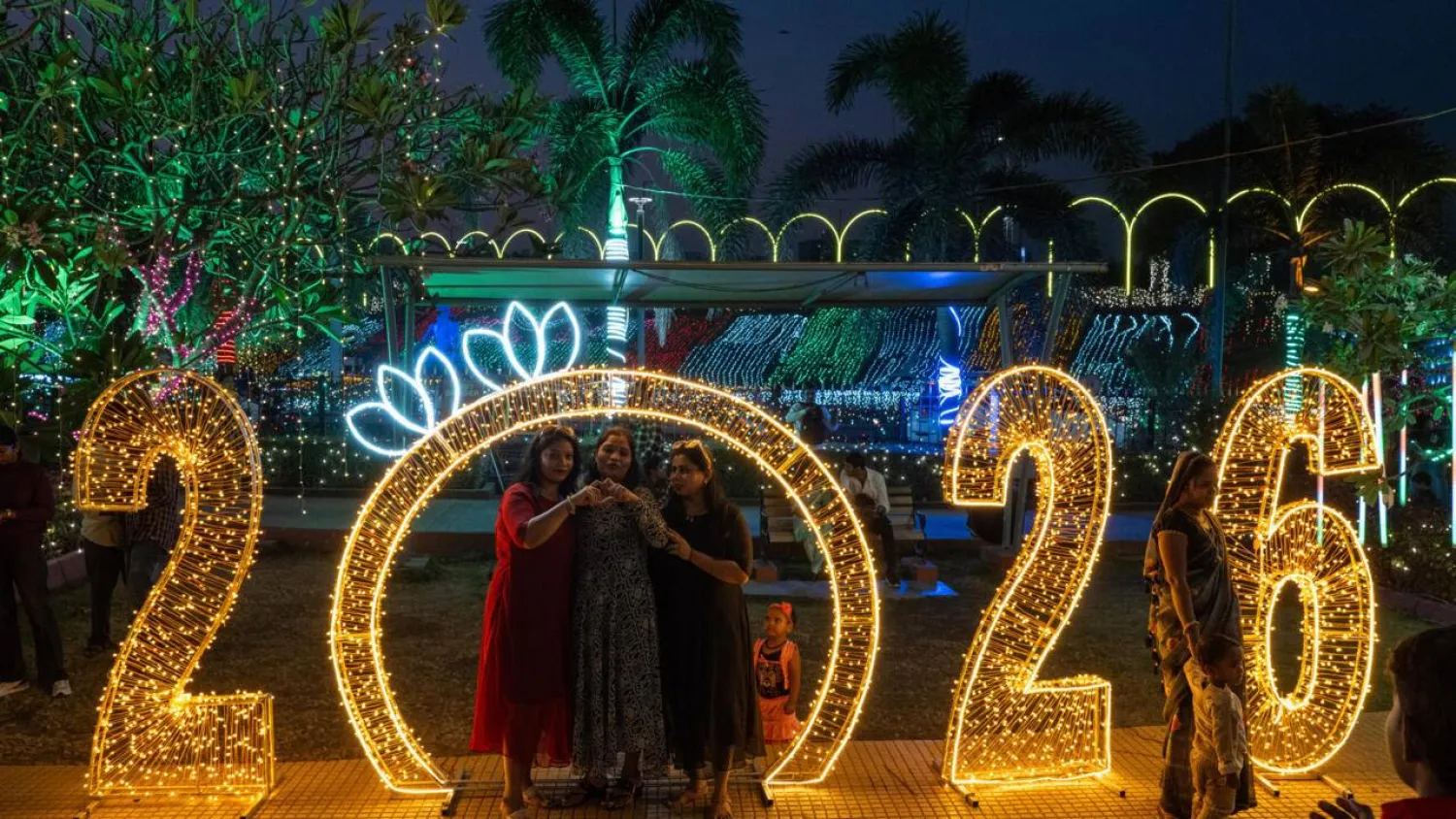Saudi Arabia has established a ministerial committee to oversee the national program to combat commercial cover-up and to propose solutions and initiatives to eliminate the practice.
The government decision comes in light of financial estimates over the effect of the commercial cover-up on the national economy, incurring losses estimated at more than $93.3 billion annually.
The committee is expected to watch over the implementation of initiatives and develop indicators to measure the performance of all relevant authorities.
Under the government decision, the Saudi Data and Artificial Intelligence Authority (SDAIA) shall build an index to measure the percentage of suspected cases of commercial cover-up and update it periodically according to the data received from concerned authorities.
The Ministries of Commerce and Human Resources and Social Development, the Saudi Arabian Monetary Authority (SAMA), the General Authority of Zakat and Tax (GAZT) and any other body named by the Supervisory Committee shall provide SDAIA with the necessary data for the indicator for measuring suspected cases of cover-up on a quarterly basis, the decision added.
It stipulated that the Ministry of Municipal and Rural Affairs develop a plan that obliges all grocery stores to implement the updated municipal requirements for their activity and work and ensure their implementation within the specified time frame.
The ministry was also ordered to prepare an indicator to measure the sector’s adherence to the requirements and submit it to the Council of Economic and Development Affairs within 60 days.
The Supervisory Committee to Combat Commercial Cover-up is chaired by the Minister of Commerce and shall include under the latest decision the ministers of transport and environment, water and agriculture, and the SDAIA president.
It is noteworthy that the national program was established to address commercial cover-up in all sectors and stimulate e-commerce and the use of technological solutions.
The program also organizes financial transactions to reduce the exit of funds, promote private sector growth and create a competitive environment that attracts Saudis and encourages them to invest and find solutions to the problem of foreigners' illegal ownership in the private sector.
In this context, economic analyst Dr. Mohammed bin Dulaim al-Qahtani told Asharq Al-Awsat that the size of commercial cover-up in the Kingdom is estimated at SAR350 billion ($93.3 billion) annually in various sectors.
He said the Saudi citizens are contributing in this for the benefit of foreign workers, whether by allowing them to use their name, license, commercial register, or in any other means.
According to Qahtani, the previously announced national program will be based on developing regulations and legislation, intensifying means of monitoring, promoting the principle of continuous awareness and uniting the efforts of the public and private sectors.
The program is considered a qualitative leap that would control practices hindering the progress in the Saudi economy and the implementation of the Kingdom Vision 2030’s national transformation programs and initiatives.









